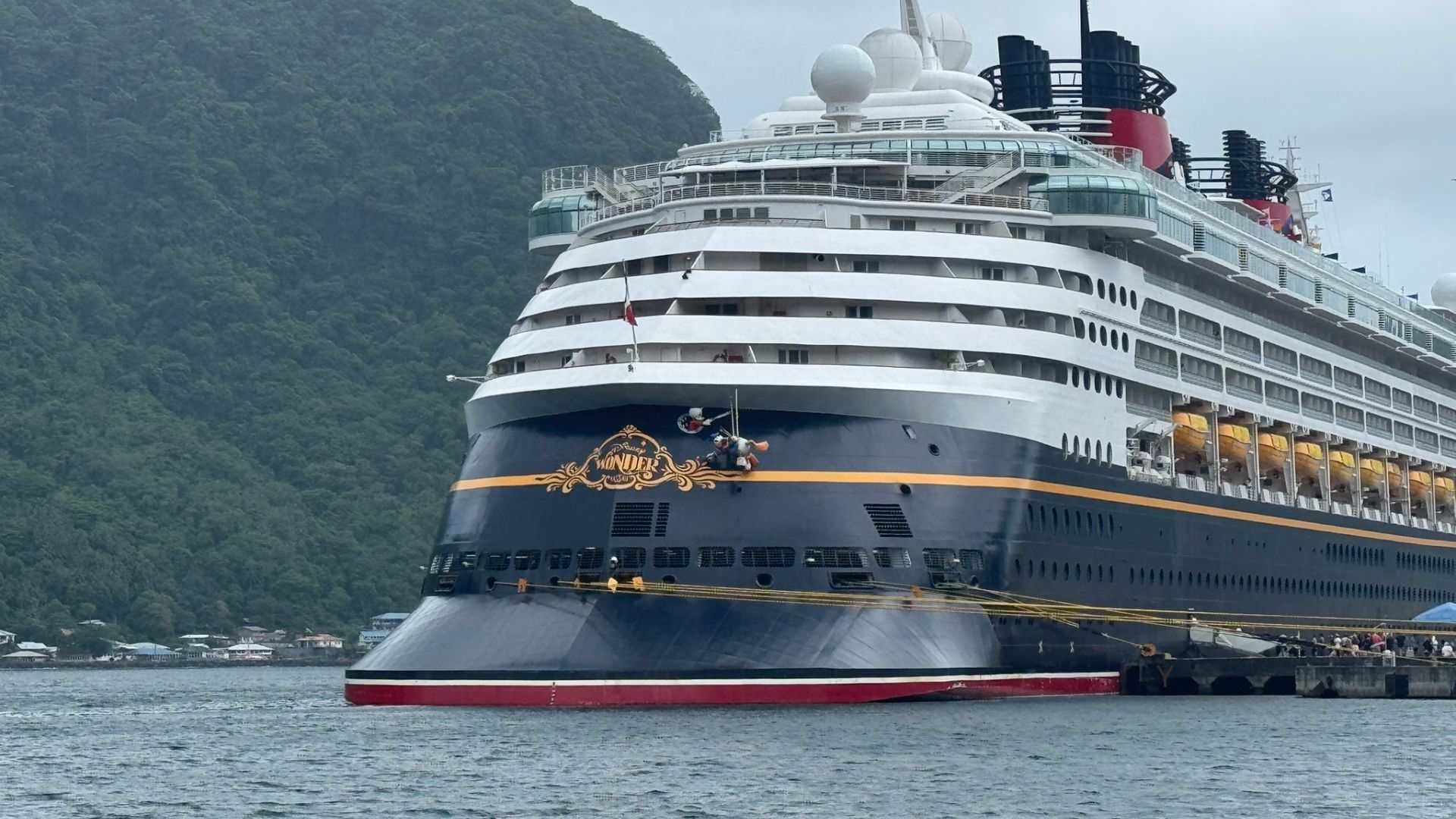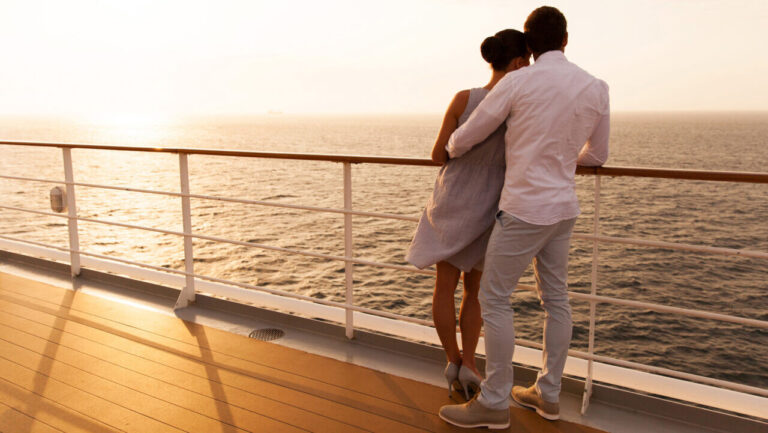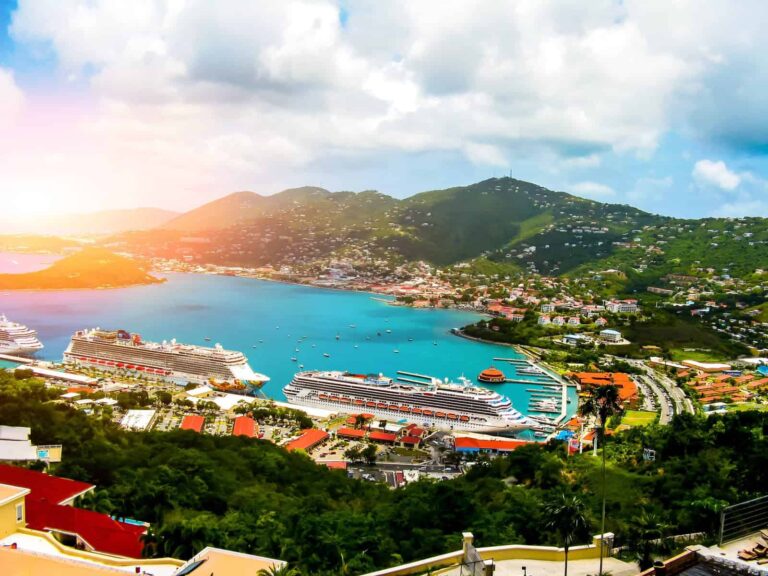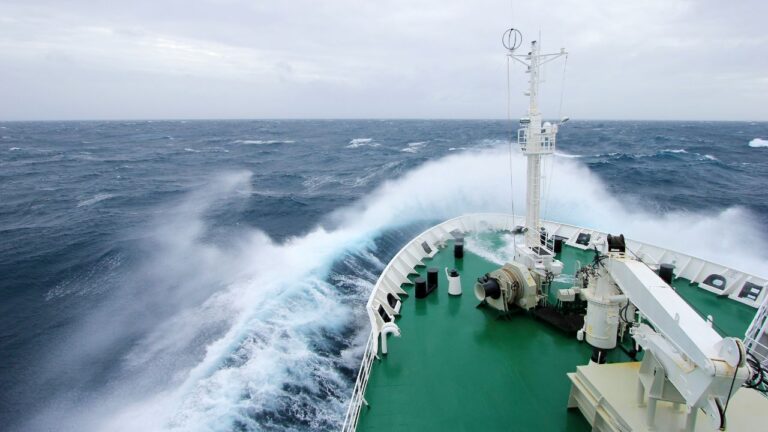What Is A Repositioning Cruise?
This post may contain affiliate links, which earn me a small commission at no extra cost to you. As an Amazon Associate, I may earn from qualifying purchases. See full disclosure here.
If you’ve ever heard the term “repositioning cruise” and wondered what it meant, you’re not alone. As a frequent cruiser and travel advisor, I often get asked about these unique sailings.
In a nutshell, a repositioning cruise (also called transitional or relocation cruise) refers to an itinerary where a ship moves from one region to another, usually at the end of a season.
Why Do Ships Offer Repositioning Cruises?
Cruise lines move their ships to different parts of the world to optimize sailings based on weather patterns and demand.
For example, ships that sail in Alaska during the summer might reposition to warmer Caribbean waters for the winter season. These voyages happen during “shoulder seasons,” between peak travel times.
I am currently onboard a Disney Cruise Line repositioning cruise. Our ship was in Alaska for the summer, then had a sailing to Hawaii. We joined the sailing in Hawaii and will sail 16 days to Sydney, Australia, where the ship will remain for the winter (their summer.)
What Can You Expect on a Transitional Cruise?
Transitional cruises are known for offering longer, more leisurely voyages. Since these itineraries often involve crossing large bodies of water, like the Atlantic or Pacific Ocean, you’ll experience more days at sea than you would on a typical cruise.
These sailings may have fewer port calls, but they compensate for it with enhanced onboard activities and more time to enjoy the ship’s amenities.
On our 16-day cruise, we have only 3 ports of call.
Many people love the relaxed pace of transitional cruises, allowing deeper immersion in ship life. Think of it as an opportunity to enjoy all the ship offers—whether indulging in the spa, trying out different restaurants, or soaking up the sun by the pool.
These sailings can be the perfect choice for cruisers who want a mix of adventure and relaxation.
Perks of Booking a Repositioning Cruise
One of the biggest perks of a transitional cruise is the price. Since these itineraries often involve one-way routes with fewer ports of call, they can be more affordable than regular sailings. This makes them an excellent option for those looking to experience a longer cruise without breaking the bank.
Another bonus is the variety of destinations you can visit. Transitional cruises often feature more unique and off-the-beaten-path ports of call. For instance, you might start your journey in Europe and end up in the Caribbean, visiting places that aren’t on standard itineraries.
Things to Keep in Mind
While transitional cruises offer plenty of advantages, there are a few things to consider before booking. First, these cruises usually end in a different location than where they started, so you must arrange for one-way airfare. It’s important to factor that into your budget and planning.
Additionally, with more days at sea, these cruises may not appeal to those who prefer an action-packed itinerary. A transitional cruise might not be the best fit if you love exploring new ports daily. However, these sailings can be a dream for those who enjoy relaxing at sea and making the ship their destination.
Is a Transitional Cruise Right for You?
A transitional cruise is ideal for seasoned cruisers looking for a longer, laid-back sailing experience or those eager to experience a variety of destinations on one trip. If you love sea days and the idea of leisurely crossing an ocean while enjoying all the amenities of a cruise ship, this could be your perfect vacation. Plus, with the bonus of potentially lower fares, it’s an affordable way to cruise in comfort and style.







